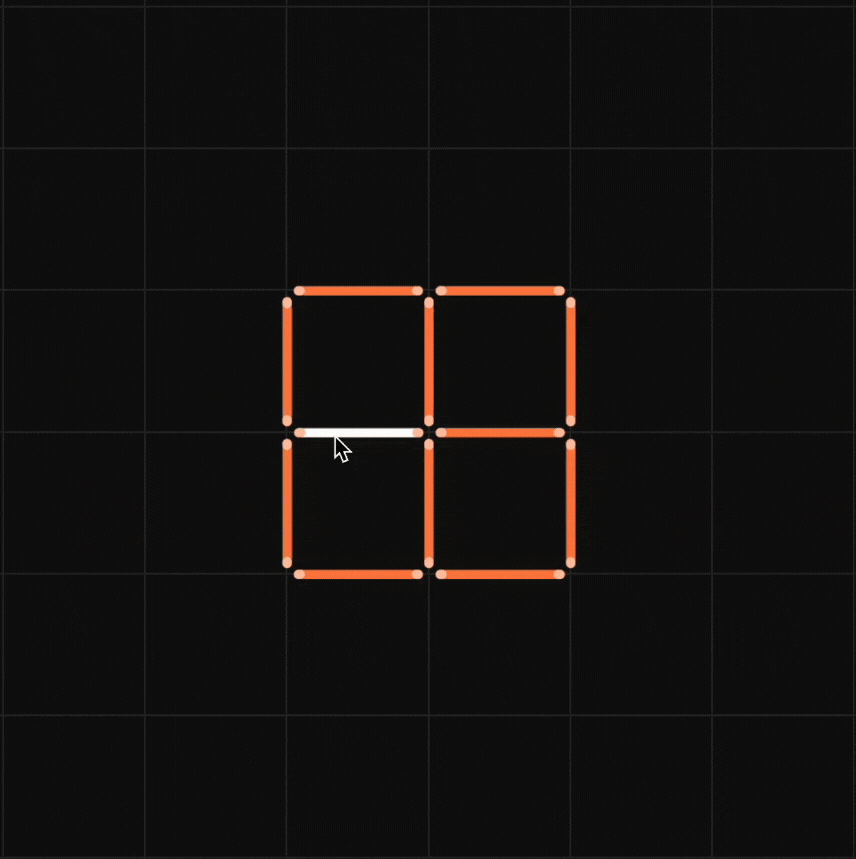

A diagonal of a parallelogram bisects one of its angles. Show that it is a rhombus.
Solution:
Consider a parallelogram ABCD
Join the diagonal AC
AC bisects angle A
We have to prove that ABCD is a rhombus.

Since AC bisects angle A
∠CAB = ∠CAD ------------------ (1)
We know that the opposite sides of a parallelogram are parallel and congruent.
So, AB||CD and AC is a transversal.
We know that the alternate interior angles are equal.
∠CAB = ∠ACD ----------------- (2)
Similarly, AD||BC and AC is a transversal.
∠DAC = ∠ACB ----------------- (3)
From (1), (2) and (3),
∠BCA = ∠DCA
We know that the opposite angles of a parallelogram are equal.
∠A = ∠C
Dividing by 2 on both sides,
1/2 ∠A = 1/2 ∠C
Comparing (1) and (2),
∠CAD = ∠ACD
We know that the sides opposite to the equal angles are equal.
CD = AD
We know that the opposite sides of a parallelogram are parallel and congruent.
AB = CD
AD = BC
So, AB = BC = CD = AD
This implies all the sides are equal.
Therefore, ABCD is a rhombus.
✦ Try This: ABCD is a parallelogram in which P and Q are mid-points of opposite sides AB and CD. If AQ intersects DP at S and BQ intersects CP at R, show that DPBQ is a parallelogram

☛ Also Check: NCERT Solutions for Class 9 Maths Chapter 8
NCERT Exemplar Class 9 Maths Exercise 8.4 Problem 6
A diagonal of a parallelogram bisects one of its angles. Show that it is a rhombus.
Summary:
The (interior) bisector of an angle, also called the internal angle bisector, is the line or line segment that divides the angle into two equal parts. A diagonal of a parallelogram bisects one of its angles. It is shown that it is a rhombus
☛ Related Questions:
visual curriculum